LOFTKOSMEFESTIVAL2025AW 10月11日-11月14日の間に「ロフトKコスメフェスティバル2025AW」が全国のロフトとロフトネットストアで開催!いろいろ面白い商品ありますが少し気に入っている商品紹介します~ Re:Bru...
もっと見る関連するクチコミ

- dakota
- 女性
- 混合肌
- イエベ秋
64
0
- 1ヶ月前
EverysingleStudentShouldhavethechancetoGothroughBooksThatAffirmTheirIdentificationIusuallyuncovereduniversityhistoricalpa...
もっと見る
- likai
31
1
- 2020.08.31
VeryhotandchillyhowleasingdrinkingwaterdispensersduringtheofficecarryagreatnumberofrewardsBusinessesarestartingtorealisej...
もっと見る
- Healthy skin care
33
0
- 2020.09.15
Both of these contain Gyodong Rice Extract 100,000ppm which helps brighten the skin. The toner also contains Lotus Flower Extract, Centaurea Cyanus Flower Water and Centella Asiatica Extract to help sooth and hydrate the skin. The gel is paired with Mung Bean Seed Extract to strengthen the skin barrier. I have been using this toner for around three weeks now and so far it has slotted in my routine quite well. I do feel that it has brightened up my skin and helped calm my skin with a recent purging my skin was going through. The 2-in1 gel is my first mutiple texture product I have ever used. It is a really interesting product as the gel is around the cream in a single container. I have been using this in the morning in gel 2:1 cream ration for a lightweight moisturizer. I have used this a few times at night with a cream 2:1 gel ratio for a heavier moisturizer when I am using stronger ingredients.
もっと見る
- dakota
- 女性
- 混合肌
- イエベ秋
51
1
- 2022.10.07
Urbanand is a beauty lifestyle brand that seeks to promote harmony and balance in living our daily lives. Quick Toner from Hawaii - this contains Hawaiian deep sea water, Hyaluronic Acid, Xylitol and Panthenol to cool and fully moisturize the skin. Pine Essence in the Forest - this contains Pinus Densiflora Extract, Cica Complex and Kakadu Plum to provide nutrition and soothe the skin. Vitamin-Ceason Fresh Ampoule - contains 22% Vitamin C without water, lotus petals, plum, Lotus Leaf Extract and Asian Plum Extract. Pine Cream for Good Morning - this contains Pinus Densiflora Extract, Cica Complex and Kakadu Plum for soothing and moisturizing. The aesthetic of the brand is very nice and the products are easy to use.
もっと見る
- dakota
- 女性
- 混合肌
- イエベ秋
57
0
- 2023.02.03
ExactlywhatdoesItSuggesttoDemilitarizeOurColleges?Mysonwas8whenhetoldmehewasgoingto“quitschool.”Inthebeginning,Ilaughed,b...
もっと見る
- sukachaa
30
0
- 2020.07.28
ロべクチンのエッセンシャルアクアセラムモニター選ばれて試すことできました。こちらのセラムは肌の内側に潤い補給してヒアルロン酸とテマリカタヒバエキス配合しています。そして肌のハリ、透明感、キメが整い弾力あるのナイアシンアミドと低分子ペプチドも配...
もっと見る
- dakota
- 女性
- 混合肌
- イエベ秋
45
2
- 2022.10.05
スタコリから勧められたのSKINRxLABのマデセラクリームレビューします。結構はやっているみたいからちょっと使うの楽しみです。こちらはオールインワンマルチクリームと言われています。多機能で天然由来セラマイド複合体は10000ppmで肌の弾力...
もっと見る
- dakota
- 女性
- 混合肌
- イエベ秋
59
2
- 2021.12.07
最近肌のあられに大人ニキビいくつでてて今ケアしています。その時からクレンジングから始まりますですよね。前のクレンザー使い終わりましたから今回スタコリからもらいましたのファームステイティーツリーバイオムローピーエイチカーミングクレンザー使用始め...
もっと見る
- dakota
- 女性
- 混合肌
- イエベ秋
41
0
- 2022.05.22
スタイルコリアンからAromatica(アロマティカのアロエハイフェクティブクレンザーとセラムいただきました。このブランド前からきになってて試すことできるのはうれしいです。ありがとうございます。見た目はシンプルなパッケージで再生プラスチックと...
もっと見る
- dakota
- 女性
- 混合肌
- イエベ秋
58
2
- 2021.11.10
魔女工場(マンヨ)のブランド結構愛用しています。ビフィダバイオームコンプレックスアンプルがさくらのテーマ発売して購入しました。デザインは時々変わって可愛いですよねこちらのセラムはビフィダバイオウムと5種プロバイオティクス配合してしっかり肌バリ...
もっと見る
- dakota
- 女性
- 混合肌
- イエベ秋
58
0
- 2022.03.18
HealthyBodyweightMeasuringsomeone'sbodyweightonthescalePreserve,DonotObtainMaintainingawholesomeweightisveryimportantforw...
もっと見る
- onlykn
28
0
- 2020.07.22
![LIPS[リップス] - コスメのクチコミ検索アプリ](https://cdn.lipscosme.com/assets/lips_logo_full_2022-bc7b4bc9dd66035bc5696b0d16bc3d38a7be357186656c039e68cc4cf21ae675.png)


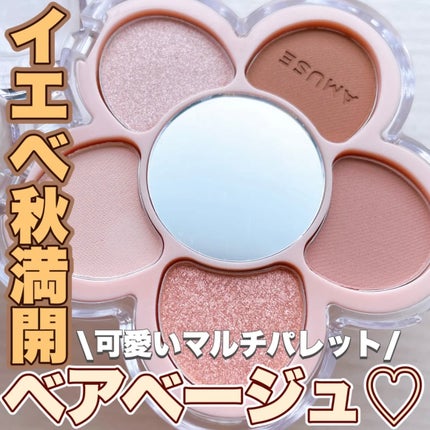








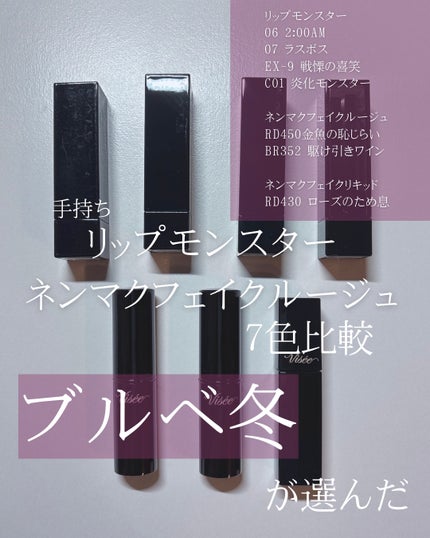






 埋め込み
埋め込み 投稿・コメントの報告
投稿・コメントの報告

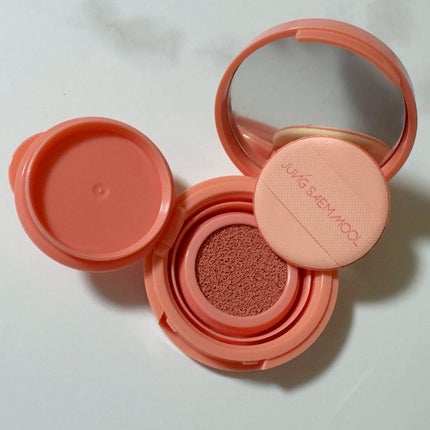












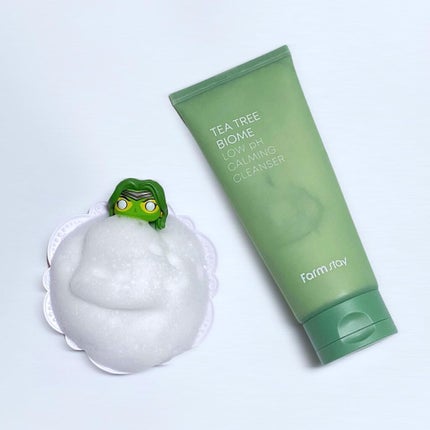




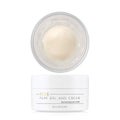

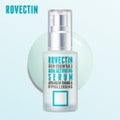


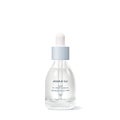



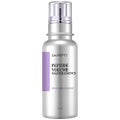
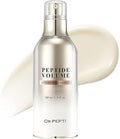


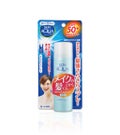







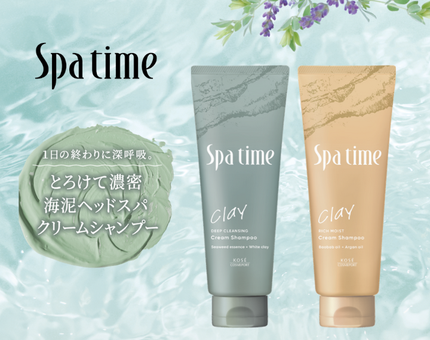







コメント